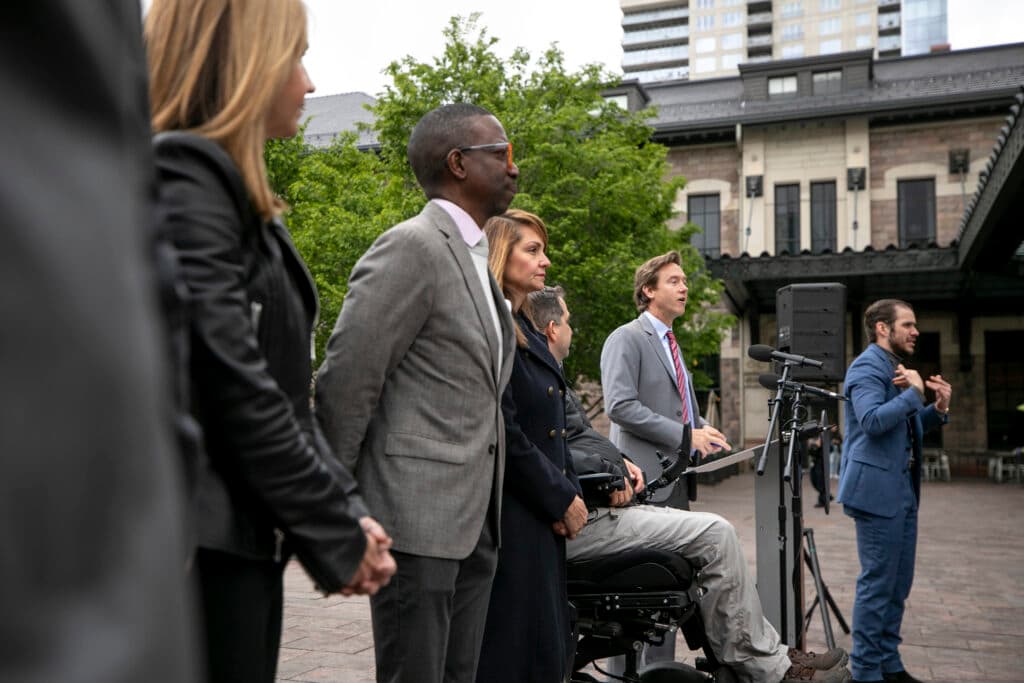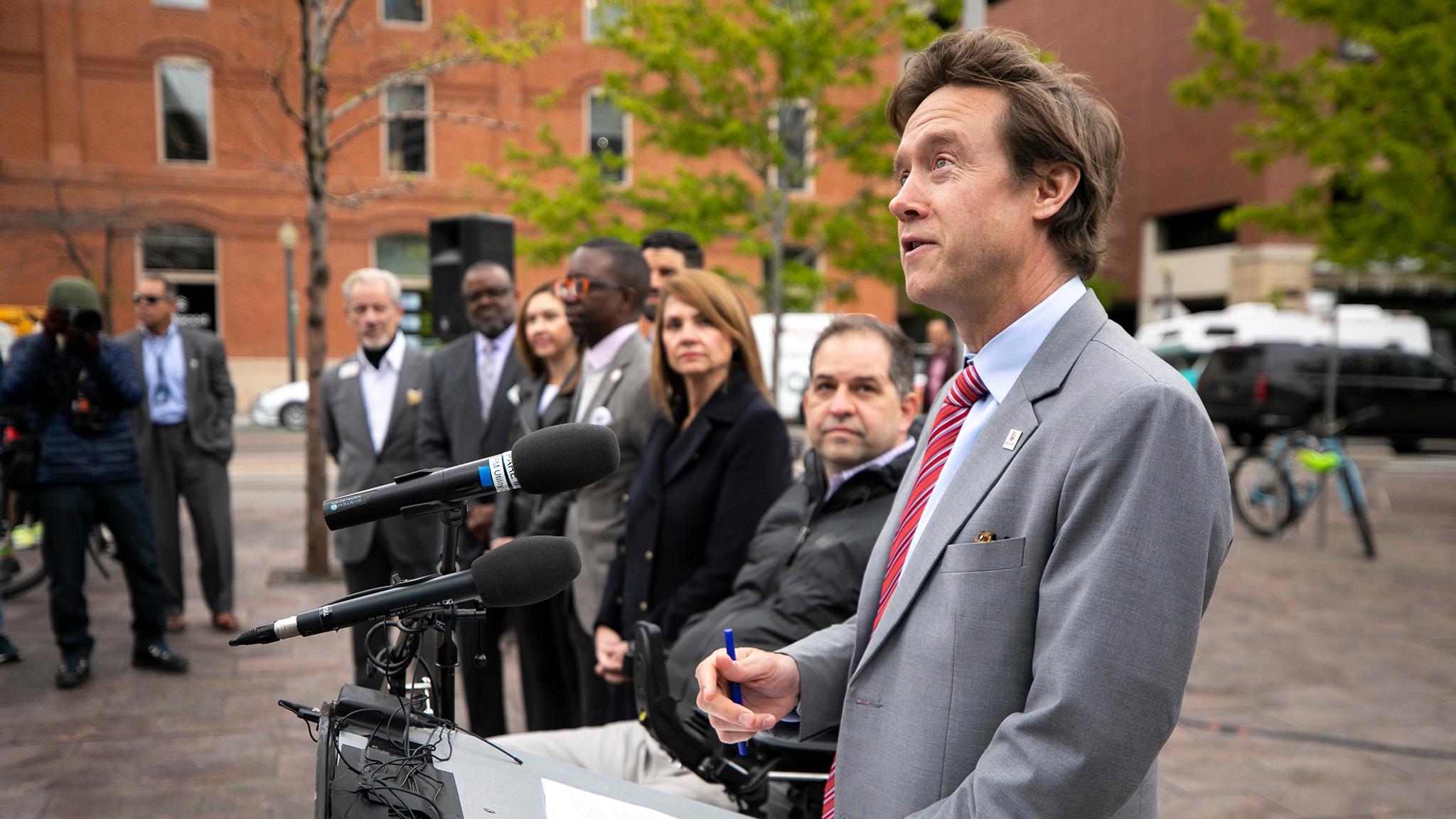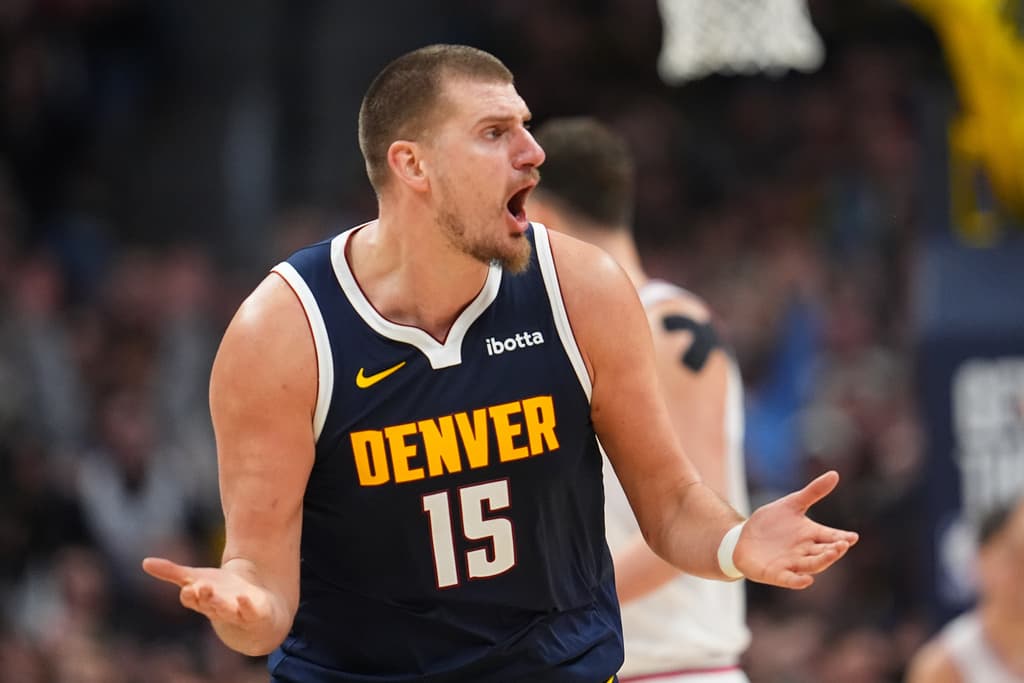Mayor Mike Johnston is trying to fulfill his pledge to make Downtown Denver the most vibrant city center in the country. Right now, he knows the area is struggling, and while some families are happily living there, others in the region have mixed views.
Johnston points to the shuttered businesses, empty offices, unsheltered homelessness and a spike in fentanyl use.
“I think cities across America are facing a shared crisis as offices and downtowns have struggled to recover post-pandemic,” he said. “Many are wondering: Will our downtowns ever recover again? Should we just give up on them as some relic from a bygone era?”
As Johnston sees it, to make Downtown Denver vibrant, the city needs to invest half a billion dollars toward revitalizing it.

Downtown Denver is a regional economic hub, and the entire region relies on its success, Johnston said.
“We know we cannot have a thriving Denver without a thriving downtown,” he said. “We can't have a thriving Colorado without a thriving Denver. We can't have a Rocky Mountain West that thrives without a thriving Colorado, which means the economic recovery of 10 states starts in this neighborhood.”
On Thursday morning, Johnston announced his push to expand the Downtown Denver Authority, a funding mechanism that helped revitalize Union Station and the surrounding blocks.
“If we successfully activate that tool, that will allow us to invest more than $500 million dollars into the investment in Downtown,” he said.
Alongside him stood City Council members Amanda Sandoval, Darrell Watson, and Chris Hinds, who pledged to champion the expansion of the authority.
Conversations between the city, businesses and the Downtown Denver Partnership have already begun.
“We definitely need intervention to ensure that the investments that we've historically made are protected, and that we're moving Downtown forward,” said Kourtny Garrett, head of the Downtown Denver Partnership.
Garrett describes the potential $500 million investment as a “force multiplier” that will attract private sector investment in Downtown. The money could be used, in part, to fill financing gaps for developers wanting to convert office space into homes, projects that would otherwise be hard to fund.

Johnston is starting a conversation with Downtown residents about what exactly they’d like to see. After that, all Denverites will have a say in the future of the city center.
The mayor has launched a website where residents can offer suggestions about what they want in a revitalized Downtown. There will also be meetings in neighborhoods citywide to gather residents’ ideas for the city center.
Specific goals could include more daycare centers, parks, open space and the adaptive reuse of office buildings.
“Our vision is to create the fastest-growing economic engine in the West,” he said. “But one that also brings a more diversified central neighborhood district where people of all ages and incomes can make their home.”
If Johnston has his way, Downtown won’t just be a playground for the wealthy. Restaurant workers will be able to afford apartments close to their jobs, first-year nurses will be able to enjoy the fruits of the city center, and retirees will be able to safely relish their golden years.
City Council will ultimately need to approve the expansion of the Downtown Denver Authority, as would residents and businesses under the current authority.
Johnston says he has not abandoned the city’s other neighborhoods, arguing that the renewal of Downtown is, in part, designed to help them.
As the mayor has focused his efforts on ending street homelessness in Downtown, he has moved many people from city center streets to neighborhoods across Denver. Some communities have complained that his efforts have created new issues in their communities, and some businesses outside Downtown say they need more economic support to stay afloat, too.
“We are deeply committed to a vibrant Denver in every neighborhood across the city,” Johnston said. “And we’ll continue to work this year to roll out plans for how we have the same conversations across every neighborhood in Denver for what people want in their own neighborhoods.”
In the fall, Johnston plans to host revitalization town halls in communities citywide, though the details are not yet firm.

“What we do know is Downtown is still the economic driver for the city,” he said. “Even if you work in Southeast or Northeast Denver, you have a business that relies on some of the economic activity of Downtown Denver, whether that’s tourism, whether that’s business, whether that’s a tax revenue that comes from this location.”
As Johnston sees it, people from every neighborhood congregate in Downtown to celebrate birthday dinners, enjoy sports, celebrate anniversaries and take a bike ride on Sunday mornings.
“We do think it is at the heart of the city,” he said. “But of course, we will pay attention to every part of the city, but we think this is the right place to begin.”













